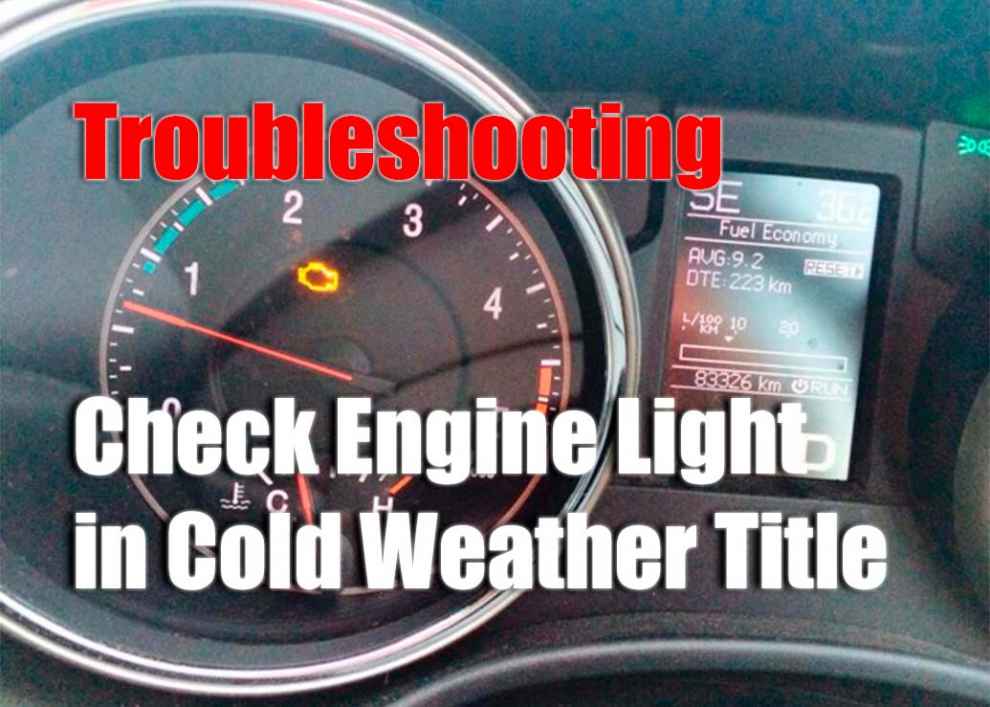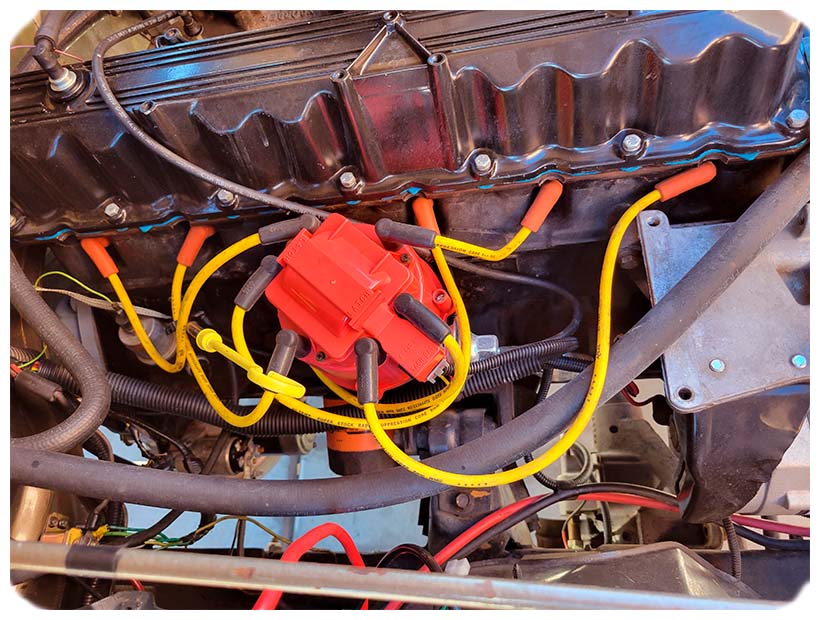A check engine light is a warning signal of possible problems in the internal combustion system of your Jeep. While this light can often come on for various reasons, it can be particularly concerning when it appears during cold weather. Fortunately, there are several steps you can take to diagnose and troubleshoot the issue before it becomes a bigger problem. In this article, we’ll discuss the common causes of a check engine light in cold weather, how to diagnose issues and preventative measures you can take so this doesn’t happen again.
Common Causes of a Check Engine Light
There are various reasons why your Jeep’s check engine light may turn on during cold weather. Here are some of the most common causes:
-
Faulty Oxygen Sensor: A faulty oxygen sensor is one of the most likely causes for your Jeep’s check engine light coming on during cold weather. The oxygen sensor monitors exhaust gas levels to ensure your car’s computer is getting accurate readings about air/fuel ratios and emissions levels. If the oxygen sensor isn’t working properly due to age or damage, it won’t provide accurate readings and will cause your car’s computer to display an error code that triggers the check engine light.
-
Loose Gas Cap: Another reason your Jeep’s check engine light may come on in cold weather is that the gas cap isn’t tight enough. A loose gas cap allows fuel vapors to escape, which can lead to higher emissions and trigger the check engine light. This is especially common during cold weather when you’re filling up with a winter blend of gasoline or diesel that has a lower vapor pressure than summer blends.
-
Problematic Spark Plug Wires or Plugs: Your spark plug wires and plugs are responsible for delivering an electric current from the ignition coil to each of your vehicle’s cylinders, igniting the air/fuel mixture within them and powering your Jeep’s engine. If one of these components fails due to age or damage, it won’t generate enough electricity to properly start your car’s engine and will cause the check engine light to turn on.
-
Dirty Air Filter: While changing a dirty air filter won’t necessarily cause your Jeep’s check engine light to come on during cold weather, it can be a contributing factor if it is restricting air flow into the combustion chamber which can lead to reduced power and performance.
How to Diagnose and Prevent Check Engine Light Issues
Once you’ve identified and addressed the common causes of a check engine light in cold weather, it’s time to diagnose the issue. Start by examining your Jeep’s diagnostic trouble codes (DTCs). DTCs are numerical codes that indicate where the fault lies in your vehicle’s computer system. These codes can be accessed with a scan tool or code reader that can be connected to your Jeep’s onboard diagnostics port. Once you know what code(s) is being triggered, you can then look up what each code means and determine how best to repair it.
To help prevent your check engine light from coming on in cold weather, there are several measures you can take. Regularly inspect and replace your Jeep’s spark plugs and spark plug wires, as well as its oxygen sensor, air filter, and gas cap to ensure they’re in good working condition. You should also make sure that your Jeep has a good fuel system by using the proper fuel blend for the season and having it serviced regularly. Finally, always keep an eye on any dashboard warning lights and have them checked whenever they appear.
Conclusion
A check engine light can be alarming during cold weather but with the right steps, you can easily diagnose and address the issue. Start by checking for common causes like a faulty oxygen sensor or loose gas cap then use a scan tool or code reader to access diagnostic trouble codes to further identify the problem. Be sure to also take preventative measures such as regularly inspecting components like spark plugs or air filters and filling them up with the right fuel blend for each season. Taking these steps will help keep your Jeep running smoothly during cold weather seasons.

 Problematic Spark Plug Wires or Plugs: Your spark plug wires and plugs are responsible for delivering an electric current from the ignition coil to each of your vehicle’s cylinders, igniting the air/fuel mixture within them and powering your Jeep’s engine. If one of these components fails due to age or damage, it won’t generate enough electricity to properly start your car’s engine and will cause the check engine light to turn on.
Problematic Spark Plug Wires or Plugs: Your spark plug wires and plugs are responsible for delivering an electric current from the ignition coil to each of your vehicle’s cylinders, igniting the air/fuel mixture within them and powering your Jeep’s engine. If one of these components fails due to age or damage, it won’t generate enough electricity to properly start your car’s engine and will cause the check engine light to turn on.
Add Comment